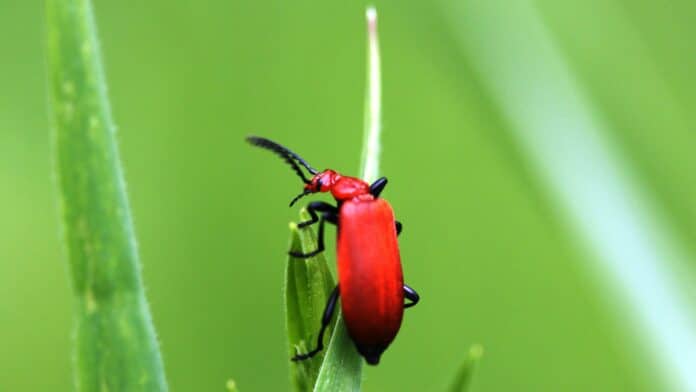Extreme temperature events are increasing in frequency and intensity due to climate change. Such events threaten insects, including pollinators, pests, and disease vectors.
Insect critical thermal limits can be enhanced through acclimation, yet evidence that plasticity aids survival at extreme temperatures is limited.
In a new study, an international team led by researchers at the University of Bristol studied over 100 species of insect to better understand how these changes will likely affect them. They found that insects have trouble accomplishing this, showing that acclimation of both upper and lower critical thermal limits was weak – for each one °C shift in exposure, limits were modified by only 0.092°C and 0.147°C, respectively (i.e., only a minor compensation of 10 or 15%).
However, they discovered that young insects could better adapt, showing that there can be crucial life stages when witnessing a heat wave that can increase resilience later on.
Lead author Hester Weaving of Bristol’s School of Biological Sciences said: “As temperature extremes become more intense and frequent in our warming world, many insects will have to rely on shifting to new ranges or changing their behavior to cope, rather than being able to tolerate wider temperatures physiologically.”
“Our comparative study identified major gaps in understanding insect responses to climate change, and we urge for more studies on species in underrepresented groups and locations.”
Scientists are now looking forward to understanding how exposure to extreme temperatures affects the reproduction of insects. This could help them predict future distributions than measures of performance or survival.
Journal Reference:
- Ms. Hester Weaving, Professor John Terblanche, Mr Patrice Pottier, and Dr Sinead English in Nature Communications. ‘Meta-analysis reveals weak but pervasive plasticity in insect thermal limits. DOI: 10.1038/s41467-022-32953-2
